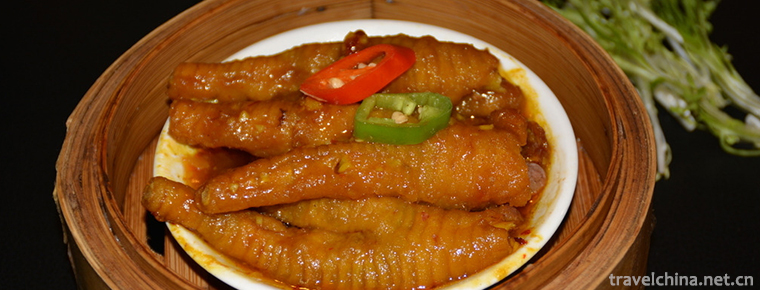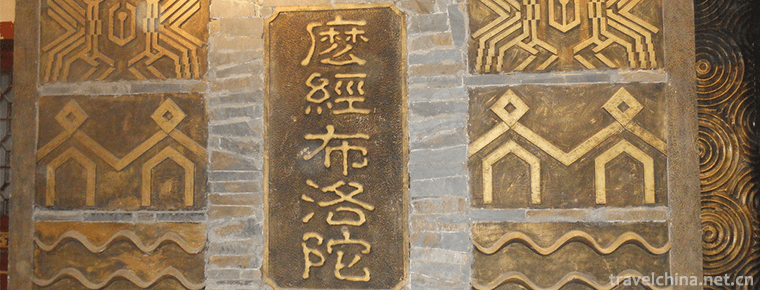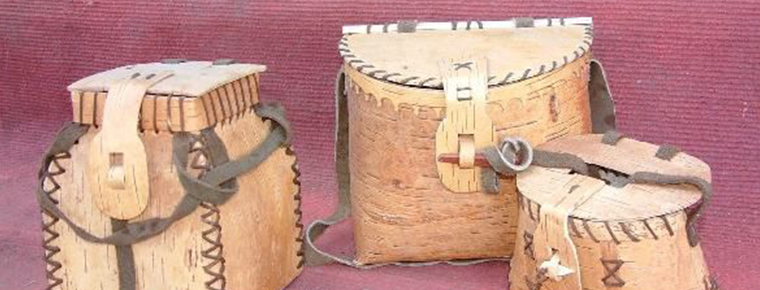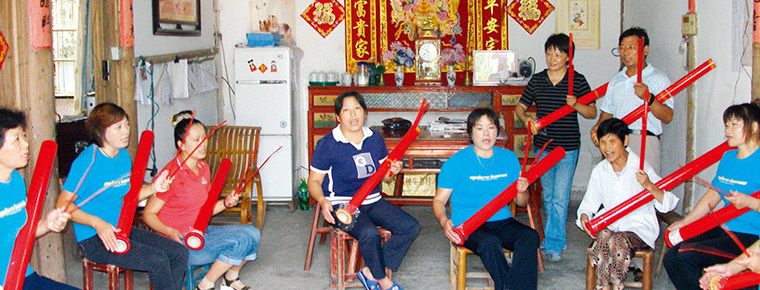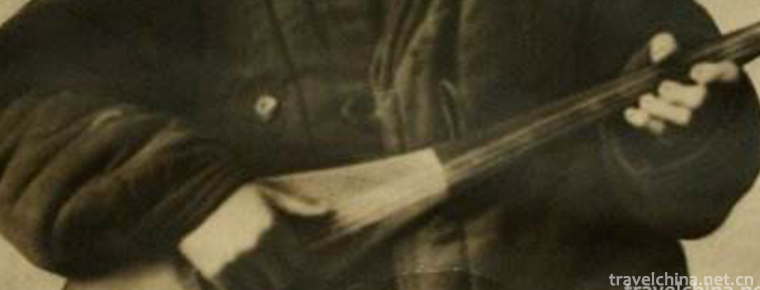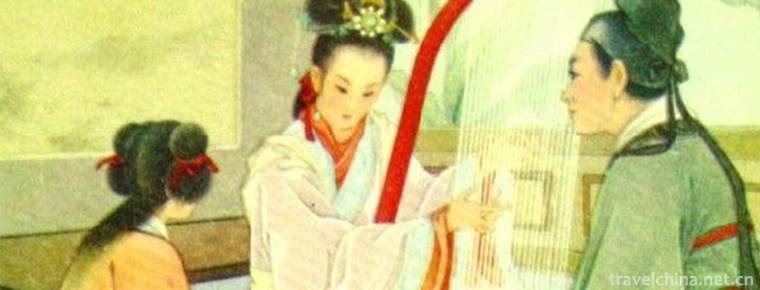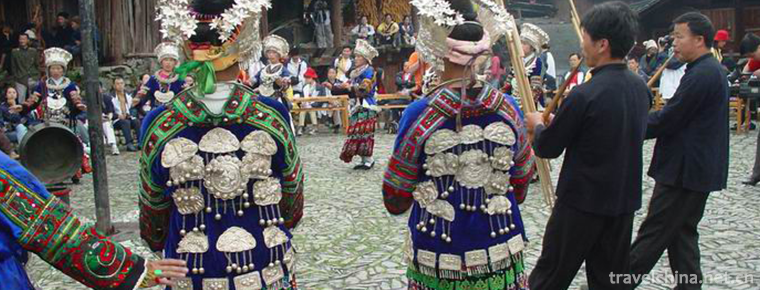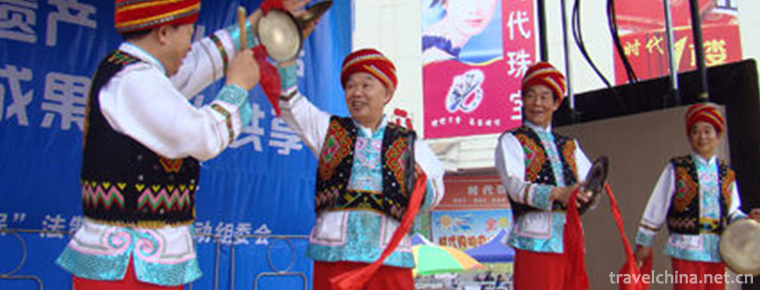Cave Building Techniques
Cave Building Techniques
Cave dwelling is an ancient dwelling form of residents on the Loess Plateau in Northwest China. The history of cave dwelling can be traced back to more than 4,000 years ago. The Chinese people creatively used the favorable terrain of the plateau to dig holes and live in them, creating a cave building called a green building.
Cave Building Techniques
Cave dwelling is a unique form of dwelling on the Loess Plateau. It is a relic of the development and evolution of early human cave dwelling. It is widely distributed in Shanxi, Shaanxi, Gansu and other places. The cave is generally one or two hundred meters long, and it is extremely difficult to seep water. The loess with strong upright character provides good natural conditions for the cave. At the same time, the physical and geographical conditions, such as dry and less rain, cold winter and less trees, also provide an opportunity for the development and continuation of economic and practical cave construction techniques without wood. Under the influence of different natural environment, geomorphological characteristics and local customs, caves have formed various styles.
Cliff-type cave
There are many kinds of caves. According to the layout and structure of the buildings, there are mainly Mingzhuang kiln, earth pit kiln, independent cave, cliff-side cave, sinking cave and so on. Cave building skills are rich and varied, such as flat-top cave is built with adobe or masonry on flat ground. The cliff-type cave is excavated on the plane after a side of the hillside is leveled vertically. The patio cave is more exquisite. Generally, it first digs a hole on the flat ground, about seven meters deep, square around, and then digs under the four walls of the pit to form a patio-like quadrangular house.
Sinking cave
The caves in Pinglu County, Shanxi Province, are called "underground cave yard", "underground cave yard", "Tianjing cave yard", "sunken cave yard" and so on. They can be divided into residential kiln, storage kiln, livestock kiln, Maotai toilet kiln and door cave kiln according to their different uses. Their construction techniques have a history of more than 4000 years. "See trees, see villages, see houses, cave dwelling in the soil, courtyard underground hiding." This folk song makes a vivid description of the characteristics of the construction of cellar yard.
Inside the cave
Cave building is beautiful and durable, warm in winter and cool in summer, comfortable and quiet. It can save land, protect vegetation, and economically save labor. It is a perfect form of building adapted to local conditions. In the era of agricultural civilization, the history of architecture, social life and related folklore and culture in Northwest China, cave building technology has irreplaceable important reference value. Since the 1990s, people's lives have been greatly improved, tiled houses have been built, coupled with the impact of modern lifestyle, the process of urbanization in rural areas has accelerated, and the original caves have been abandoned in large quantities, resulting in the collapse of uninhabited. Some villages even knock down caves and fill pits to make fields. Under this situation, the cave building skills may be completely extinct with the disappearance of caves. It is an urgent task to select and protect the original cave and rescue and protect the cave building skills.

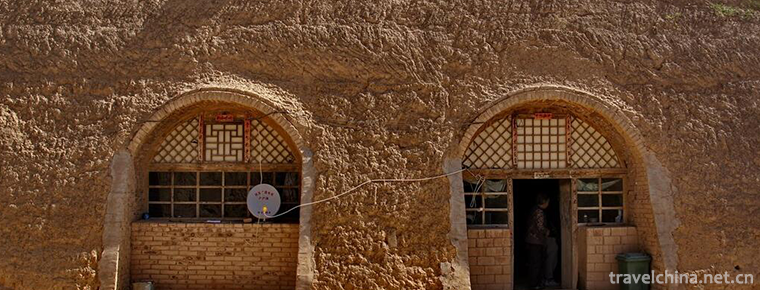
-
Steamed chicken feet with oyster sauce
Oyster Emperor steamed chicken feet, a featured delicacy, the main raw materials are chicken feet, small red pepper, oyster oil and so on, suitable for all ages..
Views: 228 Time 2018-11-02 -
Buluotuo
Buluotuo, the traditional folk literature of Ganzhuang Mountain in Baise, Guangxi, China, is one of the national intangible cultural heritages..
Views: 204 Time 2018-12-15 -
Seoul Lake Park
Seoul Lake Park is located in Weiyang District of Xi'an City, Shaanxi Province. It is 200 meters west of the cross of Fengcheng 4th Road and Zhuhong Road. It was originally the Unity Reservoir .
Views: 124 Time 2019-01-13 -
Henan Pendant
Henan pendant originated in Henan Province. It is a traditional form of folk art which is formed by the combination of Taoism, Yinggeliu and Sanxianshu, which are popular in Henan and Northern Anhui. .
Views: 419 Time 2019-05-03 -
Craft of birch bark making
Birch bark making techniques, Oroqen Autonomous Banner of Inner Mongolia Autonomous Region, local traditional handicraft of Heilongjiang Province, one of the national intangible cultural heritage..
Views: 175 Time 2019-05-04 -
Jinhua Taoism
Jinhua Daoqing is also known as singing news and persuading Shiwen. It is a traditional rap art in Zhejiang Province. It combines with Hangzhou gongshu, Wenzhou drum lyrics, Ningbo .
Views: 256 Time 2019-05-06 -
Kirgiz Kumzi Art
Kumzi is an ancient plucked instrument unique to the Kirgiz people. The meaning of "Kumzi" Kirgiz people is "beautiful musical instrument". Mainly spread in Xinjiang Kirgiz Autonom.
Views: 170 Time 2019-05-09 -
Legend of Peacock Flying Southeast
Peacock Flying Southeast is the earliest long narrative poem in the history of ancient Chinese literature, and also the best folk narrative poem in ancient China. Ancient Chinese folklore stories .
Views: 257 Time 2019-05-10 -
Mongolian Humai
Humai, also known as laryngeal singing, double singing, multi-voice singing or Haolinchao, is a singing method of many ethnic groups around Altai Mountains, not unique to the Mongolian people..
Views: 842 Time 2019-06-03 -
Bronze drum dance
Tonggu dance is one of the most popular and influential ancient dances among the Zhuang and Yi people in Wenshan Zhuang and Miao Autonomous Prefecture of Yunnan Province. It is distributed in Zhuang a.
Views: 95 Time 2019-06-21 -
Tujia Folk Songs
Tujia folk song is a unified folk song composed of lyrics and music. It is the product of the intersection of literature and music. The lyrics of Tujia folk songs belong to the language art, which exp.
Views: 137 Time 2019-06-23 -
Wudang Shenju
Wudang Shenxi Opera is a kind of traditional opera in Xijiadian Town, Danjiangkou City, Hubei Province. It has a history of nearly 400 years since the Wang family absorbed Wudang culture and the music.
Views: 325 Time 2019-06-30
